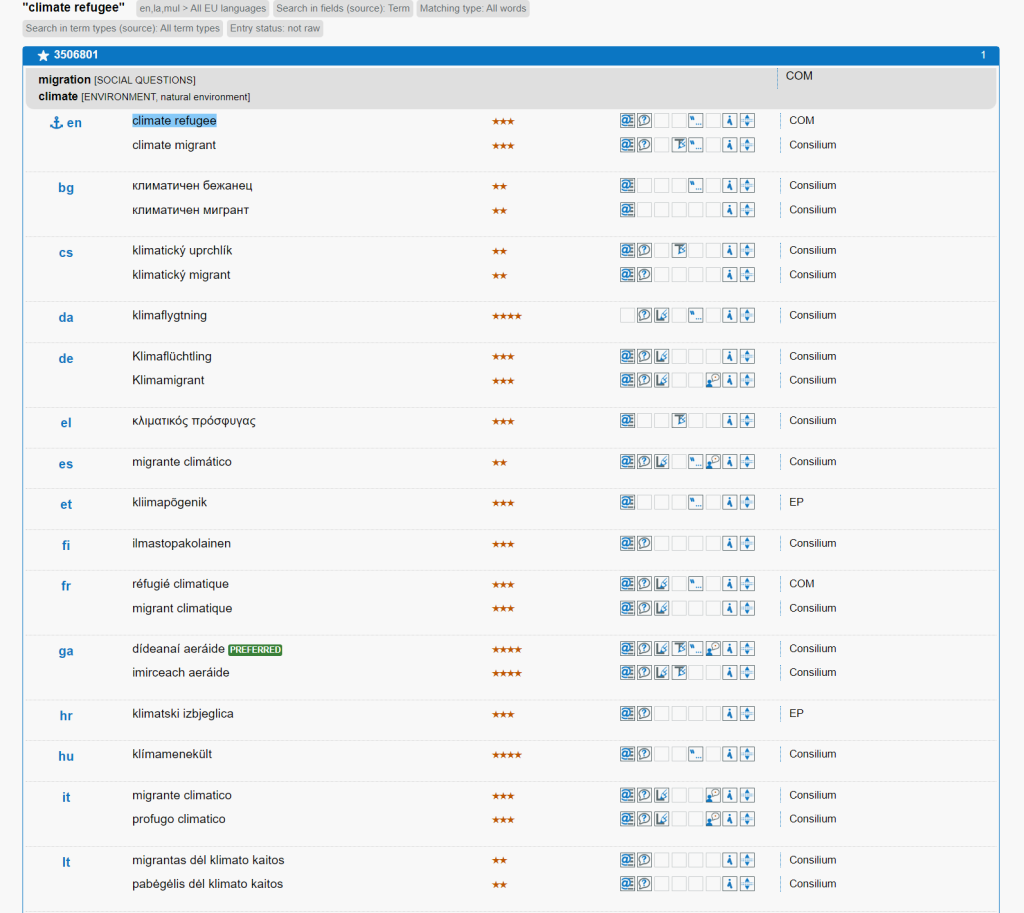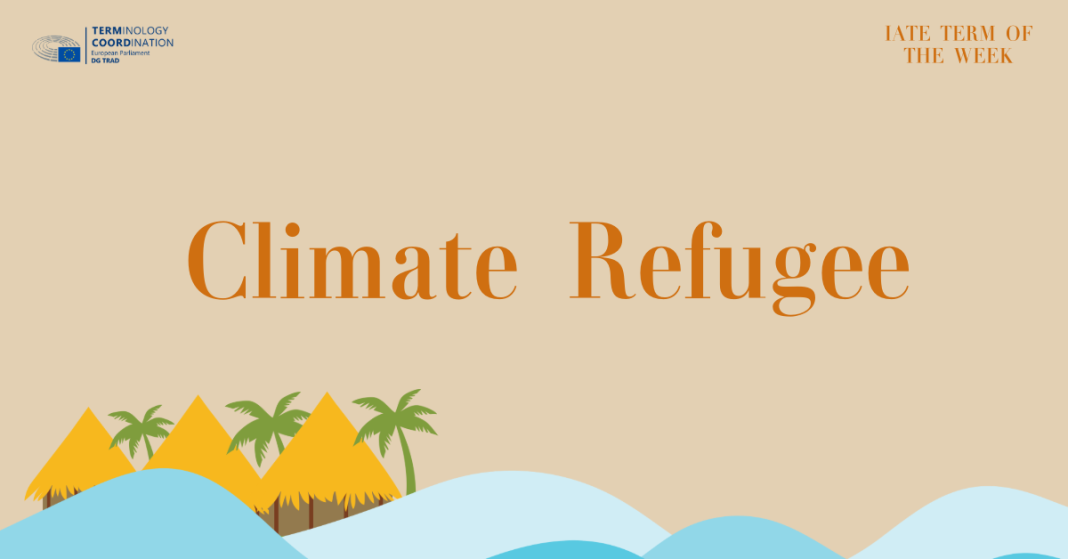As the Earth undergoes unprecedented changes due to climate change and global warming, the term “climate refugees” has emerged to describe a growing population forced to leave their homes and communities due to the adverse effects of environmental shifts. This phenomenon, driven by both natural events and human activities, poses significant challenges that extend beyond national borders.

Climate change, fuelled by both natural occurrences such as volcanic eruptions and human activities like burning fossil fuels, leads to global warming. The release of greenhouse gases contributes to the trapping of heat in the atmosphere, resulting in rising temperatures. The consequences of global warming include the melting of glaciers and ice caps, leading to sea-level rise, flooding, droughts, and desertification.
Environmental refugees, a broader category that includes climate refugees, are individuals forced to flee due to natural disasters such as volcanoes and tsunamis. The International Red Cross estimates that environmental refugees now outnumber those fleeing political conflicts. Recent statistics from the Internal Displacement Monitoring Centre reveal that over 376 million people worldwide have been forcibly displaced by climate-related events since 2008, with a record 32.6 million in 2022 alone. The annual increase in the total number of displaced people has risen by 41% on average since 2020, signalling a clear upward trend. Projections by the Institute for Economics and Peace suggest that by 2050, in a worst-case scenario, 1.2 billion people could be displaced due to natural disasters and ecological threats.
Despite the alarming numbers and the clear link to climate change, there is no internationally recognized definition of a ‘climate refugee.’ The 1951 Refugee Convention, which provides protection to individuals facing persecution based on specific criteria, does not cover those displaced by climate-related factors. This regulatory gap leaves climate refugees in a vulnerable position, lacking clear legal pathways for seeking asylum or refugee status.
Specific Case Studies:
Sea-Level Rise and Island Nations:
The Maldives face a critical threat from rising sea levels, as this will affect the nation’s tourism and fishing industries are at risk. Sea-level rise could force Maldivians to migrate, leading to economic challenges and habitat changes.
Urban Threats:
Venice, known for its historic architecture and canals, is also vulnerable to sea-level rise. The city’s dependence on tourism makes it susceptible to economic decline as flooding becomes more frequent. Urban centres worldwide, including Manhattan and London, face challenges as rising seas threaten low-lying coastal areas.
Drought and Desertification:
Inland regions, such as the Horn of Africa and Gobi Desert in China, are threatened by drought and desertification. Rural residents would be forced to migrate due to the loss of arable land and encounter challenges adapting to urban life, which would also lead to the rise of conflicts over resources.
EU Legislation and Climate Refugees:
The existing legal framework within the EU primarily addresses asylum seekers and refugees fleeing persecution or armed conflict. However, as the effects of climate change intensify, there is a growing recognition of the need to adapt and expand current legislation to accommodate those displaced by environmental factors.
Efforts are underway within the EU to formally recognize climate refugees as a distinct category. The challenge lies in defining the criteria for determining climate-induced displacement and establishing legal pathways for affected individuals to seek asylum.
The European Union’s Climate Adaptation Strategy, unveiled as part of the European Green Deal, acknowledges the impacts of climate change on communities and commits to mainstreaming climate resilience across all policies. This includes measures to address the needs of climate-displaced persons within the EU.
As the number of climate refugees continues to rise, the world faces a complex and multifaceted challenge that transcends national borders. Urgent international cooperation is needed to define and protect the rights of climate refugees, bridging the regulatory gap and establishing comprehensive solutions. The EU recognises the transnational nature of climate change, and is engaging with international organizations, like the United Nations and other agencies, in order to establish common standards for identifying and assisting climate refugees. Such cooperation is crucial in developing a unified response to this global challenge and in this context, the European Union plays a crucial role in shaping policies that address the impact of climate-induced migration and protect those most vulnerable to its effects.
Bibliography
National Geographic. (2024). Environmental Refugee. Retrieved from National Geograpic Education: https://education.nationalgeographic.org/resource/environmental-refugee/
Written by Marina Scelta
Born in Palermo (Italy), passionate about learning languages since a very young age, she studied Interpreting and Translation for English and French in her hometown, then moved to London for a Master’s Degree in the same domain (University of Westminster), eager to earn some first-hand experience in an international environment. In 2020, she decided to move back to Italy, where she applied for her second Master’s Degree in Foreign Languages for International Communication (Università degli Studi di Torino). In 2021, she had the opportunity to move to Strasbourg as an Erasmus student for almost one year, at the end of which she made of that city her new home. Currently in the process of writing her master’s thesis, in her free time Marina enjoys travelling, singing, walking in the nature, solving crosswords puzzles, and mostly looking around for vegan food.

